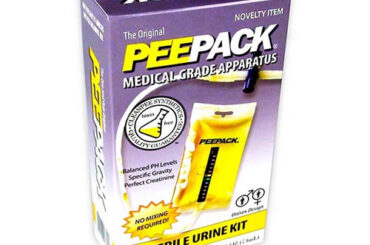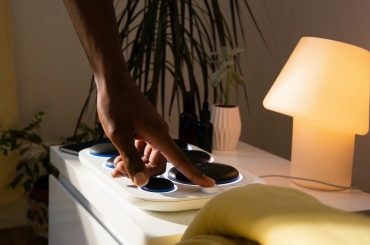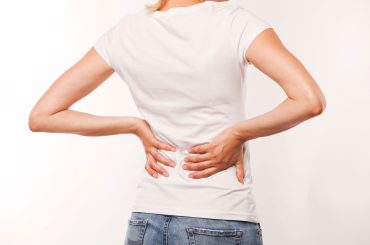When it comes to medical supplies, the butterfly needle is one of the most important pieces of equipment you’ll find. But what is a butterfly needle exactly, and how does it work? Let’s take a closer look at this crucial piece of medical equipment.
Whether you are in need of butterfly needles for personal or professional use, shop at FACE Med Store for butterfly needles to get top-quality products from trusted brands.
What Is a Butterfly Needle?
A butterfly needle is an intravenous (IV) catheter typically used when taking blood samples or administering fluids directly into the bloodstream. This type of IV catheter consists of an ultra-flexible plastic tube with a short length of tubing on either end. The two ends attach to either side of the device, allowing fluid to flow directly through it without any obstruction. The small size also makes maneuvering around veins and arteries in smaller areas like hands or feet easier.
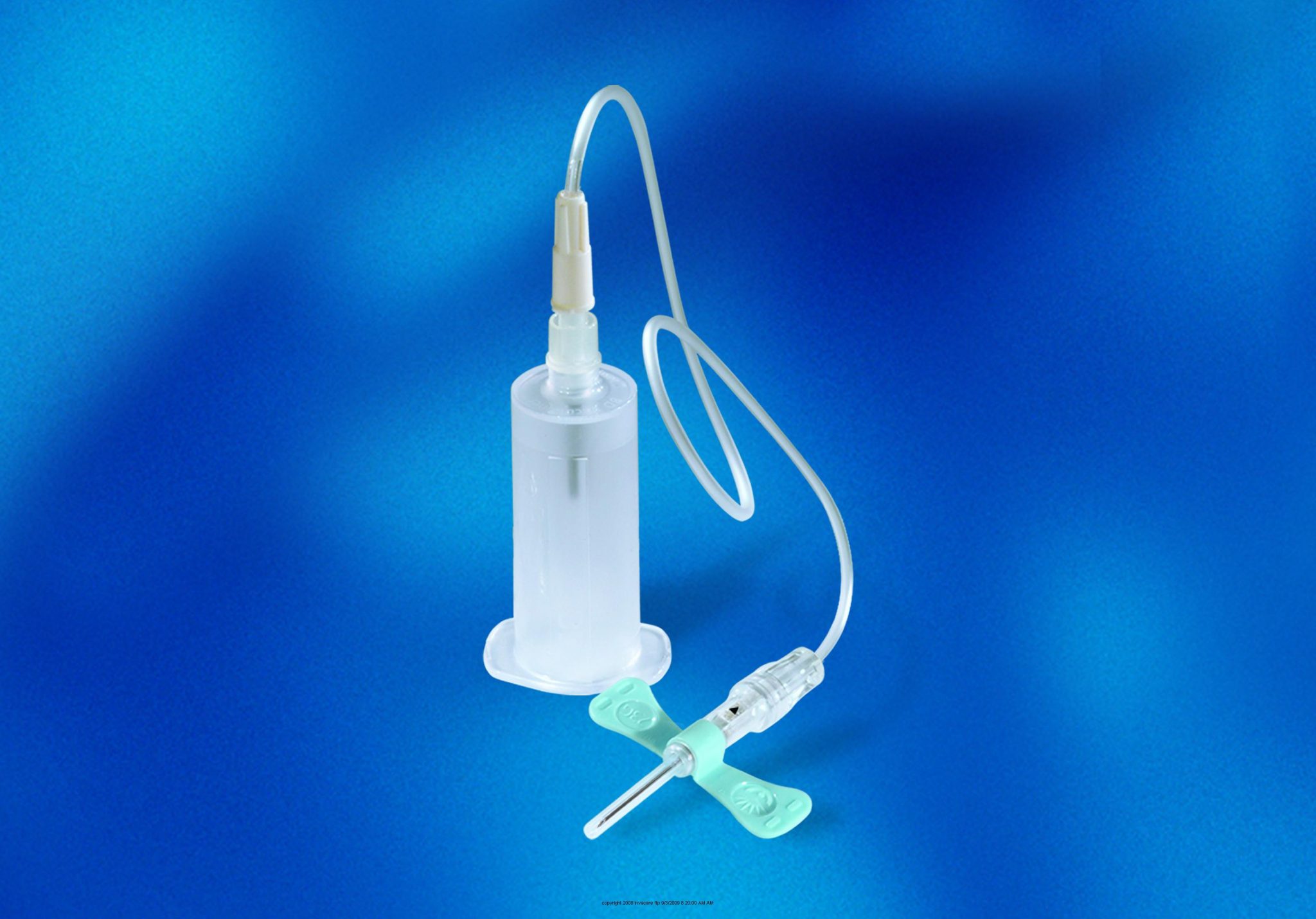
How Does It Work?
The large diameter bore (or opening) allows for both easy insertion and removal from vessels and increased accuracy in accessing veins compared to traditional syringes. To administer fluids or medications, healthcare professionals often use a vented adapter that attaches to one side of the tubing attached to the needle’s lumen port. This adapter allows air bubbles to escape while simultaneously allowing liquid medication or solution to enter the vessel more easily than using just saline alone would allow.
Advantages Of Using A Butterfly Needle
One key advantage of using a butterfly needle over other IV catheters is its extremely thin gauge width – which can range from 25G (0.45mm OD) up to 33G (0.36mm OD). Compared with traditional IV cannulas, this thinner gauge provides improved patient comfort due to less tissue damage during insertion and withdrawal procedures; plus, there’s less risk of infiltration due to its highly flexible design and precise tip placement capabilities. Additionally, because they are available in pre-assembled kits containing all necessary components needed for administration – such as tourniquet tape and alcohol swabs – time spent preparing them before usage is greatly reduced when compared with other standard IV devices like syringes or conventional catheters.
Design Variations Of A Butterfly Needle
Although all butterfly needles have similar general characteristics – including soft wings that help to stabilize the connection points between their associated components – they can vary slightly depending on the manufacturer’s preferences regarding their overall construction materials and design features. For example, some models may have additional gripping surfaces along their shafts to improve user control during insertion; others may have additional slots to maximize airflow within the tubes connected to them; still, others may be constructed using special materials specifically designed to reduce friction against tissues during insertion/removal. However, all such variations ultimately retain the same basic concept: to provide increased precision during vascular access procedures while minimizing patient discomfort throughout the process.
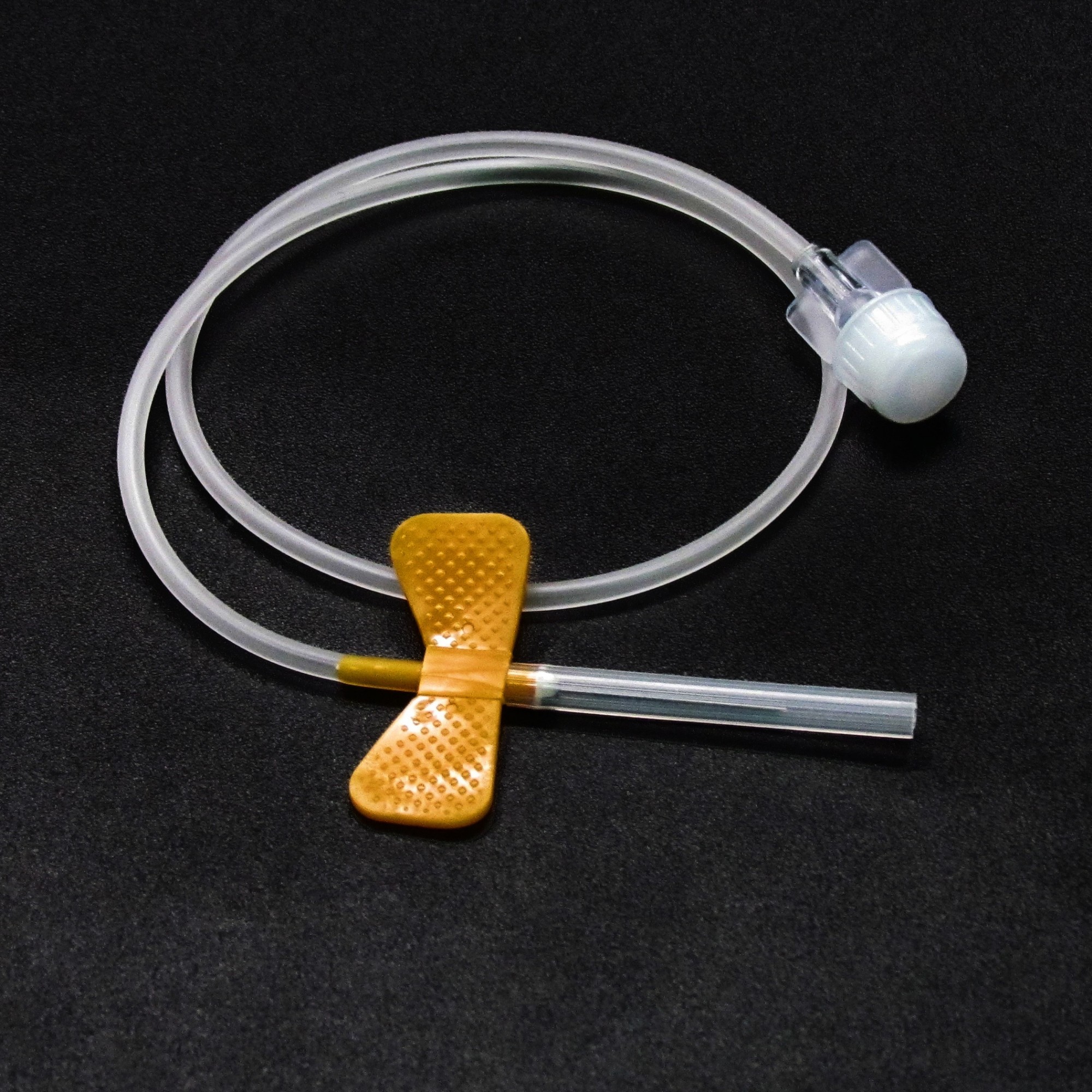
Safety considerations when using butterfly needles
It’s important that proper safety protocols are always followed when using these devices; in particular, care should be taken to avoid direct contact with sharp edges along the exposed needle tips after use – which can result in puncture wounds if not handled properly – and to ensure that proper disposal techniques are followed after use so as not to introduce potential contamination risks into new environments. In addition, care should be taken – especially when used by untrained personnel – to avoid causing further injury through improper technique during insertion/removal procedures. Finally, although many manufacturers now produce versions specifically designed for single use only – i.e. wrapped in disposable packaging prior to use – practitioners still need to ensure that there is no cross-contamination between patients.
Conclusion
In conclusion then, although considered relatively straightforward by today’s standards given their widespread availability in pharmacies everywhere nowadays – understanding how the different types of butterfly needles work will allow practitioners to better utilize them correctly whenever possible, thus helping to minimize the risks associated with vascular access procedures while providing a maximum overall benefit to both patients and operators alike… Whether you are in need of butterfly needles for personal or professional use, shop at FACE Med Store for butterfly needles & get top-quality products from trusted brands!

